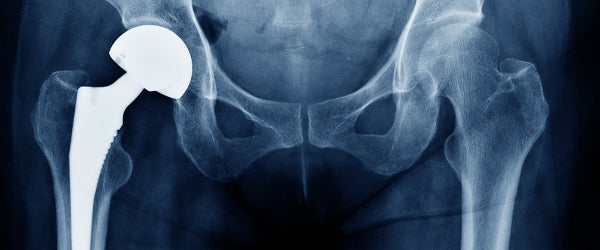
Hip Pain in Nurses: Causes, Solutions, and Prevention
Navigating the bustling corridors of hospitals and clinics, nurses are the heartbeat of healthcare. Their commitment to patient care is unparalleled, often leading them to long hours on their feet. This dedication, however, sometimes comes at a personal cost. Among various physical complaints, hip pain ranks high on the list for many nurses. Let’s dive into its causes, solutions, and strategies for prevention.
Causes of Hip Pain in Nurses:
- Prolonged Standing: Most nursing duties involve extended periods of standing, which can exert excessive pressure on the hips, leading to pain over time.
- Lifting and Transferring Patients: Regularly moving patients, especially without proper techniques, places significant strain on the hip joints and surrounding muscles.
- Walking Extensively: Covering vast hospital areas or frequently moving between patient rooms contributes to wear and tear of the hip joint.
- Poor Footwear: Unsuitable shoes without adequate support can lead to misalignment, with repercussions felt as high as the hips.
- Underlying Medical Conditions: Arthritis, tendinitis, or prior hip injuries can make nurses more susceptible to recurrent hip pain.
Solutions for Hip Pain:
- Ergonomic Training: Hospitals and clinics can provide training on proper patient lifting and transfer techniques to reduce strain on the hips.
- Appropriate Footwear: Investing in shoes with good cushioning and support can significantly reduce the risk of hip pain.
- Regular Breaks: Taking short breaks to sit down and rest can relieve pressure from the hips.
- Physical Therapy: Therapeutic exercises can strengthen the hip muscles, improve flexibility, and alleviate pain. Consultation with a physical therapist can be beneficial for tailored advice.
- Weight Management: Excess weight can increase strain on the hips. Maintaining a healthy weight through a balanced diet and exercise can reduce hip pain risks.
Prevention Strategies:
- Exercise Regularly: Strengthening exercises targeting the core and hip muscles can prevent injury. Incorporate stretches to maintain flexibility.
- Use Assisting Devices: When lifting or transferring patients, use available tools and devices to minimize physical strain.
- Alternate Tasks: If possible, alternate between tasks that require standing and those that can be done while seated.
- Stay Informed: Be proactive in learning about workplace ergonomics and the latest recommendations for preventing musculoskeletal injuries.
- Regular Check-ups: Regular medical assessments can catch and address potential issues before they exacerbate.
In conclusion, while the dynamic nature of nursing involves physical demands, understanding the causes and implementing solutions for ailments like hip pain is pivotal. A proactive approach to prevention and wellness ensures that nurses can continue their commendable service without compromising their well-being. Remember, taking care of oneself is the first step in effectively caring for others. Stay informed, stay healthy.
TAGS:
SHARE:
